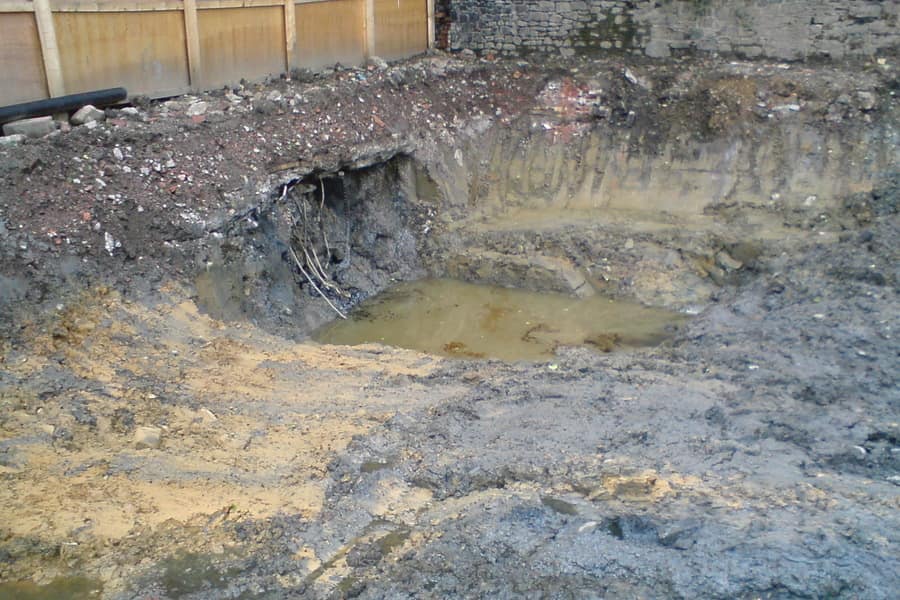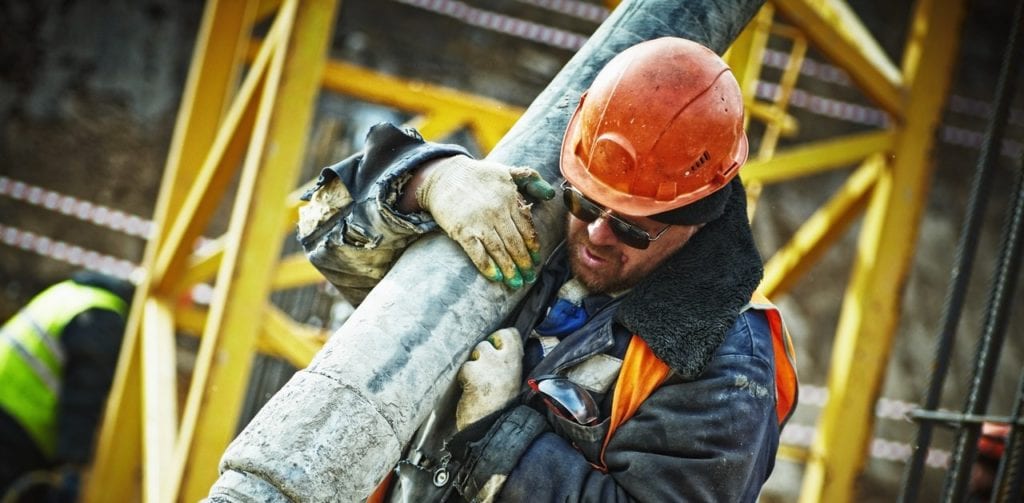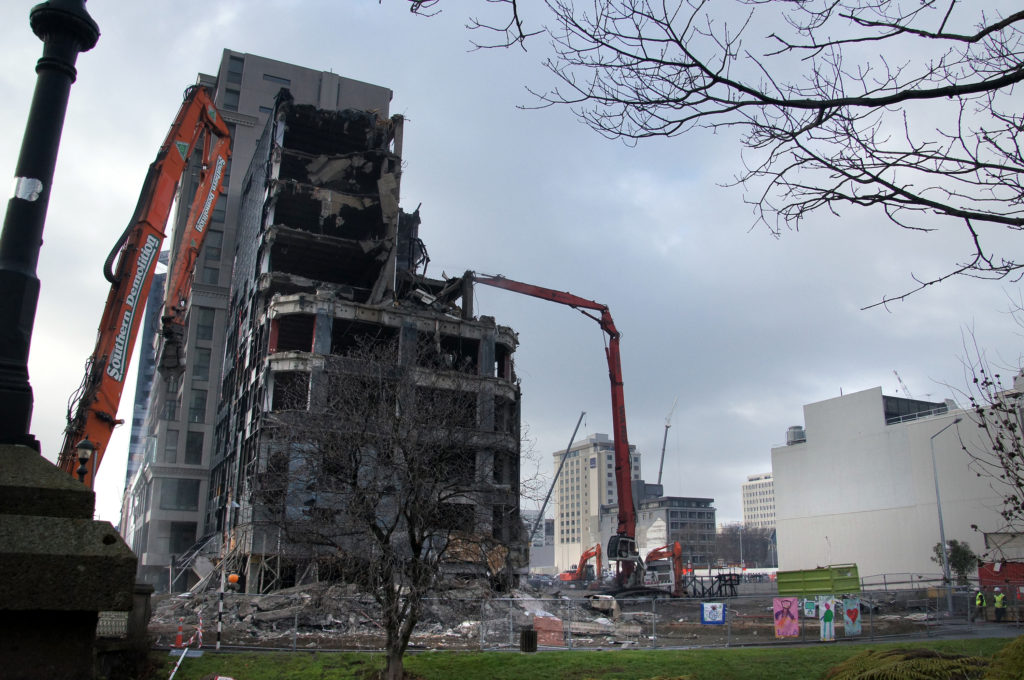What’s a Brownfield?
- A brownfield is not a name but rather a property classified as harmful due to the presence of toxic chemicals, pollutants, and substances
- Most common chemicals in brownfield sites are arsenic, lead, hydrocarbons, and nitrogen
- The inherent danger makes the renovation or demolition complicated
- There are an estimated 425,000 properties and areas in the United States classified as brownfields
- Plants in brownfield sites are also considered as harmful to humans and animals unless expressly specified otherwise
- Redeveloping brownfield sites can provide a lot of benefits not only to the owner but also to the whole community
As defined by the Environmental Protection Agency or EPA, a brownfield is a property that has a presence or potential presence of harmful or hazardous substances, contaminants, or pollutants which may make reuse, expansion, or redevelopment complicated.
In the United States, brownfields are extremely common and can be found all throughout the country. These properties can be located in small towns, big cities, suburban areas, or even rural areas. It is believed that there are about 425,000 brownfields in the United States as reported by The United States General Accounting Office. This is only an estimate since getting the accurate number of brownfield is a hard task. Most property owners are not even aware of the real status of their land.
How Do We Know When A Property Or Land Is Considered As A Brownfield?
To know when a property or site is considered as a brownfield, an environmental assessment must be done on the property. Before buying a land or property, potential owners must hire an experienced environmental professional to conduct an environmental assessment and find out the status of the brownfield site. Conducting an environmental site assessment will let land or property owners know the type and severity of pollution or contamination on their property. Once they have this vital information figured out, land or property owners can consider and decide the approaches and options they need to make for remediation as well as redevelopment.
What Are The Most Common Contaminants Found In Brownfield?
A lot of brownfields found in the United States were formerly commercial or industrial facilities that have become idle, abandoned, or underused. These hazardous sites can vary in age, location, size, and past use. A lot of industries or businesses that usually produce and leave behind contaminated lands are:

- Oil refineries
- Gas stations
- Steel and heavy manufacturing plants
- Liquid or chemical storage facilities
- Railroads or rail yards
- Junkyards
- Dry cleaners
Since brownfield sites are a result from a range of different facilities and past usage, the contaminants and level of pollution also vary among brownfield sites. Brownfield sites, however, are not the same as a Superfund site. These sites have more severe contamination and a higher concentration of hazardous wastes or pollution making it more dangerous than brownfields. Brownfield sites pose less threat to human health as well as the environment compared to Superfund sites.
Different types of pollutants can be found in brownfield sites. Some of the most common contaminants and pollutants discovered in a brownfield site are fuels such as gasoline, oil, kerosene, as well as diesel. These were normally found from underground storage tanks of gas stations, and outside storage of machinery and barrels. Cleaning solvents typically found in floor drains and dry cleaners are also one of the prime sources of contamination. Sites such as fertilizer facilities can have wastes that are rich in calcium, nitrogen, bicarbonate, and sodium. Other types of manufacturing facilities can produce wastes that contain a variety of metals such as iron, lead, mercury, copper, arsenic, and cadmium. Hydrocarbons found in pesticides and petroleum is also typically found in brownfields. Abandoned construction materials from brownfields are also considered as pollutants and can cause physical harm to both animals and humans.
How Do These Contaminants Affect the Environment and Humans
Humans, animals, as well as plants, can come in contact with the various pollutants and contaminants found in brownfield sites in several different ways. A lot of the contaminants found in brownfield sites are soluble in water. These contaminants can easily drain and get into the groundwater which can pollute the source of drinking water of both animals and humans.
Plants that are also growing on contaminated soil can directly absorb and take up some of the pollutions including metals found on the brownfield site. These toxic substances are then accumulated in their tissues. The contaminated plants can be eaten by herbivores such as some bugs and cows which are in turn eaten by mammals and humans.
The effects of toxic wastes and pollutants on the food chain are very dangerous. As these contaminants and toxic wastes climb up through the food chain, those that are found at the top levels of the food chain including humans can absorb the highest concentration of these substances in their bodies and suffer from the worst effects. Contaminants and pollution in brownfields can also be inhaled or absorbed on the skin by living organisms.
Research has shown the effects of some of these contaminants on living things and the environment.
- Hydrocarbons – Hydrocarbons, whether they come from pesticides, petroleum, or other toxic matter, pose a very serious problem in the environment. Hydrocarbons that come from petroleum can damage organ systems such as the respiratory system, nervous system, circulatory system, reproductive system, sensory system, endocrine system, immune system, liver, kidneys, and many more. This can also cause a wide range of illnesses and disorders.
- Arsenic –Arsenic affects living things by poisoning the cells mainly the sulphydryl group of cells which results in the malfunctioning of cell respiration, cell enzymes, and mitosis. This causes inflammation, degeneration, and neoplastic changes to the respiratory system, lymphatic system, blood, and skin of living organisms. Properties and lands that are contaminated with arsenic also contain only a few numbers of species and a lesser number within the species since only those resistant to the substance can live with it.
- Lead – Lead is a very toxic metal that highly affects plants. This substance disturbs the various physiological processes of plants. It is found to fasten the production of reactive oxygen species which results in the damage of lipid membranes that eventually damages the plant’s chlorophyll and photosynthetic process thereby affecting the plant’s growth. Lead exposure can be very dangerous especially for children. Exposure to this substance at high levels can have serious health consequences which can affect the central nervous system and the brain resulting in convulsions, coma, or even death. Those children that survive high levels of lead poisoning may still suffer from behavioral disorders and even mental retardation. Humans may also suffer from hypertension, anemia, renal impairment, toxicity to the immune systems, as well as toxicity to the reproductive organs.
- Nitrogen – Nutrients such as nitrogen, calcium, phosphate, and other found in fertilizers cause nutrient pollution. Too much nitrogen in the air and water can cause health problems to live organisms and damage our water and lands. Excessive amounts of nitrogen in the water can algae to grow in a fast rate that the ecosystem won’t be able to handle. This can harm the quality of water, decrease the oxygen in it thereby affecting aquatic life, and harm our food supply and habitat.
What Are The Potential Benefits Of Redeveloping Brownfields?
If you have found out that your property qualifies as a brownfield, you do not have to worry because this can be redeveloped. Brownfields are a displeasing sight to the eyes and pose a threat to the environment and the health of all living things.
Redeveloping brownfield sites can provide a lot of benefits not only to the owner but also to the whole community. Cleaning up and redeveloping contaminated or polluted properties such as brownfield can help avoid the risks and dangers that living things and the environment may suffer from. This also reduces the likelihood of the contaminants and pollution migrating on other sites or getting into our groundwater and other bodies of water.
Communities may also benefit from brownfield redevelopment as this can help bring in new businesses and job opportunities in the area. Tax base may also be increased in areas where brownfield sites were unproductive and underutilized. Redeveloped brownfield properties will have more value and will become more marketable. What once was considered as an eyesore in the community can turn into a beautiful park, a successful business hub, or a public service facility which can help improve the quality of life in the community and revitalize the neighborhood.
What Are The Obstacles Of Redeveloping Brownfields?
Remediation and redeveloping brownfield properties are not that easy. Most developers and investors are afraid of the environmental liability. Rehabilitation costs for brownfields or contaminated sites can become uncertain. The good news is that there are federal laws which may help with the liabilities and minimize their risks. There are two federal laws that can help redevelopment of a brownfield site. These are the Resource Conservation and Recovery Act (RCRA) and the Comprehensive Environmental Response, Compensation, and Liability Act (CERCLA). The Environmental Protection Agency or EPA has also developed a program for the Cleanup, Revitalization, and Redevelopment of Brownfield. There are also other programs which include assistance such as local tax incentives, grants, and low-interest loans, technical assistance, as well as assistance with local approvals.
Another concern for Brownfield site remediation and redevelopment is the hazards and risk that come from these properties. Demolition, clean-up, and construction on brownfield sites need to be done in a safe and secure way. Most demolition, construction, and other site development businesses and companies are concerned about the risk that may come with brownfield sites, hence some of them may avoid these sites and may not be eager to accept the job. Hiring a company which can properly and safely execute remediation and redevelopment is important. Workers need to be equipped with the right protective gear in order to avoid risking their health.








